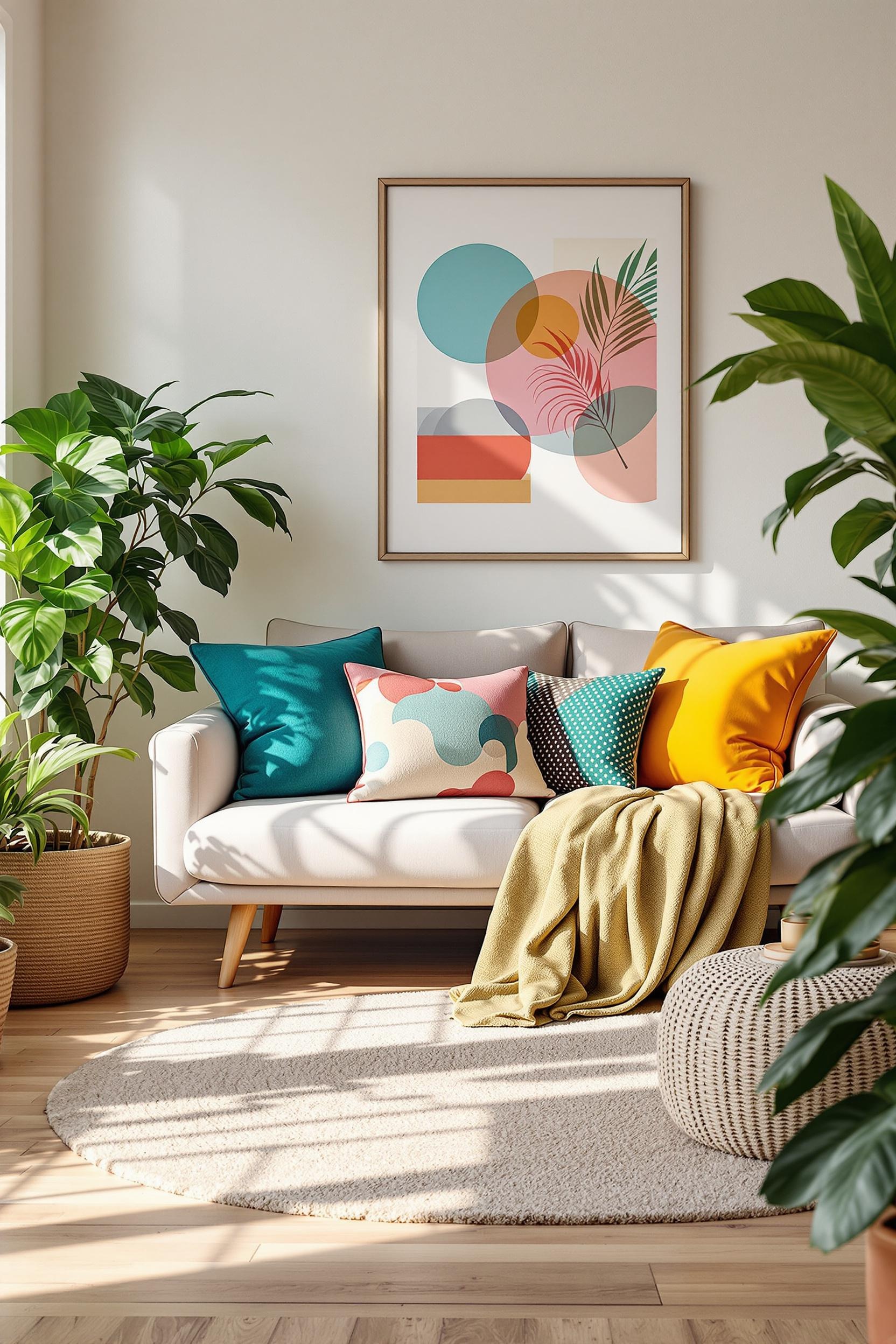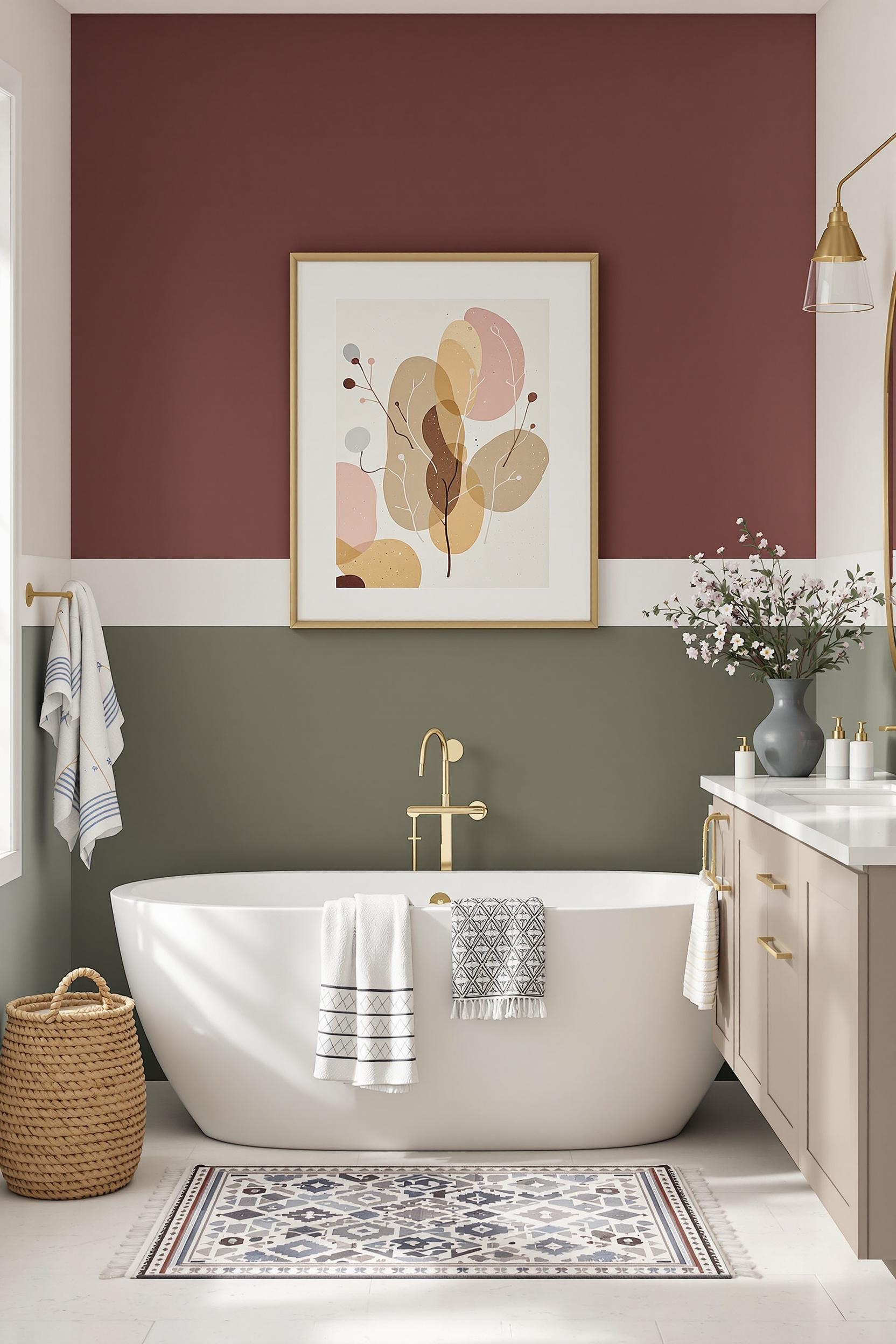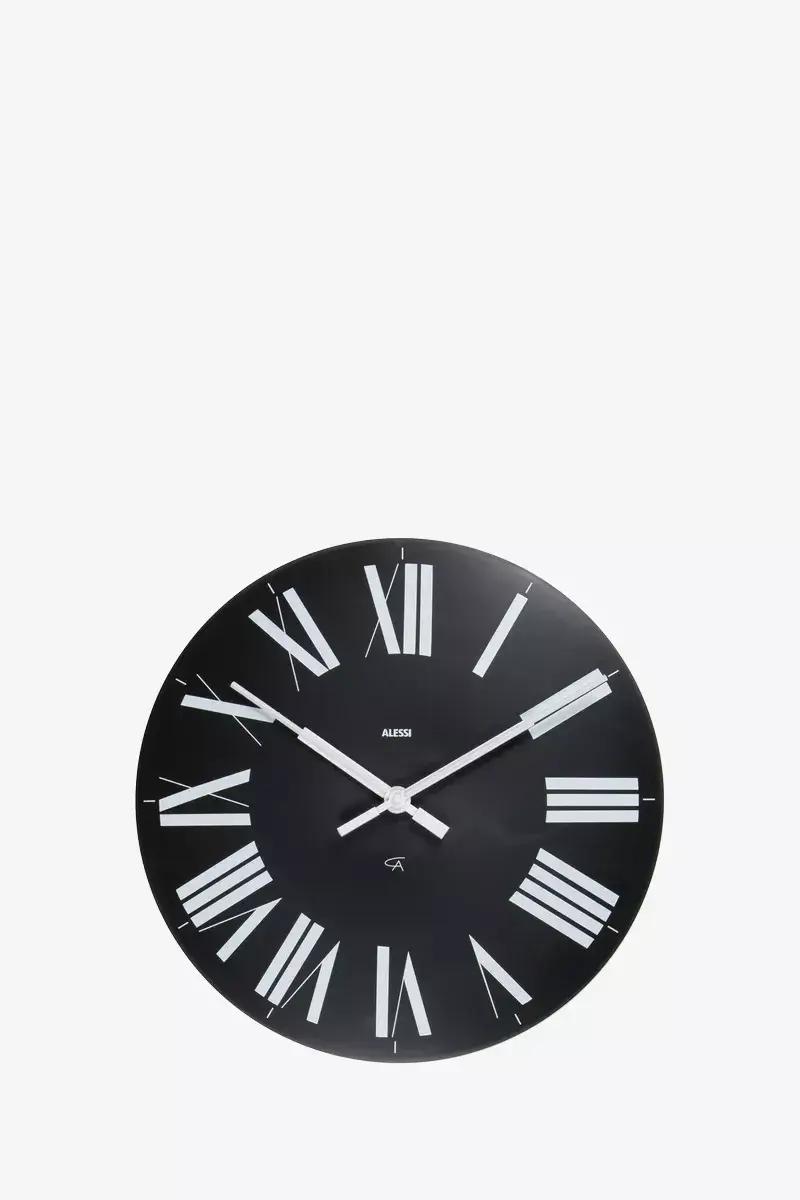
Small Space Color Zoning: Transform Your Home with Strategic Design Magic
Living in a compact home, studio apartment, or tiny loft shouldn’t limit your design dreams. In fact, small spaces are ideal for bold, strategic design—especially when you embrace color zoning. I’ve used small space color zoning techniques in countless client homes and even my own minimalist apartment with dramatic success. It’s the smartest way to define functional areas, personalize your space, and create the illusion of square footage where there isn’t much.
Color zoning isn’t just trendy—it’s backed by design psychology. When used correctly, color zoning interior design techniques can visually expand a space by up to 30%, making small rooms feel more spacious and organized without any construction. Whether you’re in a studio apartment, micro loft, or simply have a cozy nook to work with, using paint to strategically divide your space will completely change how it functions—and feels.
Unlocking the Power of Color Zoning in Compact Interiors
When I first started experimenting with color zoning tiny spaces, I realized how emotional our interaction with color truly is. Distinct hues can transform a cramped corner into a cozy office or a lost wall into a design statement. That’s where color blocking small rooms comes into play as a powerful—and very affordable—design strategy.
My favorite approach includes:
- Neutral base colors across the walls like ivory or greige
- Soft yet defined geometric zones in muted tones (think dusty pink, terracotta, or sage)
- Strategically placed accent color blocks behind cozy seating, desks, or beds
These minimalist color zoning ideas give visual purpose to spaces without the clutter of furniture or physical dividers. They let your color choices define the atmosphere, from calming to creative to energizing.
Color Zoning Techniques: Strategic Walls for Spatial Magic
Your walls are your greatest asset when designing within tight dimensions. Rather than overcomplicating your layout, consider using paint zones to create smooth transitions between functional areas. For instance, adding a soft olive block behind your bed visually tucks away your cozy sleeping zone—even in a one-room studio.
According to Paint and Paper Library, combining architectural color pairs with geometric blocking is one of the easiest ways to inject separation and style into a layout. Shape-based designs (like horizontal bands, arches, or rectangles) go a long way in establishing presence and function.
I also love tying these color blocks into decor. A blue-gray painted corner with a matching lamp, art print, or throw pillow looks intentional and curated, not accidental or visually noisy. It’s a sleek way to apply color zoning small apartment techniques without the bulk of partition walls.
Defining Zones: Color Meets Function in Minimalist Interiors
One of the biggest advantages of modern color zoning interior design is its flexibility. You don’t need to choose between style and purpose. Instead, define zones based on function and tailor your palette accordingly:
- Living areas: Combine cozy tones like terracotta or navy with plush rugs, textured throws, and tone-on-tone accents. See how I did this in my living room transformation.
- Workspace corners: Use cool, psychological triggers like blue or sage to improve focus and clarity. A thin vertical stripe in soft blue behind your desk can drastically shift your mindset when entering work mode.
- Bedrooms: Choose warming pastels, muted golds, or blush accents to create calming zones, as I explored in this color-block bedroom project.
- Kitchens & bathrooms: Stick to high-functioning, saturated colors that feel clean and energizing, like teal, chalk green, or vibrant white. They’re simple to clean and brighten the space.
Explore more minimalist inspiration in my deep dive into color blocking minimalist interiors.
Architectural Color Blocking Techniques for Small Spaces
If you want your zones to feel more structural without adding walls, try architectural color blocking. This involves painting entire wall sections (or trimming areas) vertically or horizontally to shift the perception of ceilings, room shape, or flow. For example:
- Painting only the top half of a wall white can ‘lift’ your ceiling.
- Running a vertical stripe behind shelving can heighten and emphasize a focal point.
- Using deep jewel tones from floor to ceiling behind a desk instantly zones a compact workspace.
I’ve also applied these techniques in open layouts like the one I redesigned in this color zoning open floor plan makeover. Using angled blocks and wall-to-ceiling wraps made the divisions feel natural—even artistic.
Color Zoning in Open-Concept Layouts
Open spaces like small lofts, studio apartments, or open-plan kitchens need special care. Without defined rooms or entries, one continuous paint color might feel bland or even chaotic. That’s where zoning with color in open plans becomes essential.
Inspired by designers like those featured in LivingEtc, I often zone open layouts by using progressive palettes—from light at the entry to deeper tones toward relaxation corners. In one studio makeover, I painted the kitchen wall in a clean white, transitioned to soft greige for the dining nook, and ended in a sumptuously muted teal for the living area. Each tone guided the function subtly and beautifully.
Another trick I use involves pairing rugs and wall zones. A textured rug placed beneath a sofa paired with a painted color accent on the nearby wall creates perfect cohesion and function. Learn how I used this trick in my open-plan zoning guide.
Your Compact Space Design Revolution Starts Now!
Are you ready to unlock the hidden potential of your studio apartment, tiny home, or multipurpose living area? These advanced small space color zoning strategies go beyond paint—they help you use psychology and technology to rethink how your home behaves.
Advanced Techniques for Space Mastery
Professional designers use psychological color mapping to align behavior with environment. For example, cooler blue-greens in a workspace boost focus, while dusty clay tones in a reading nook offer calm. Use these design tricks to let your space guide your mood.
Integrating Technology with Color Zoning
Tech-savvy design is the future. Smart LED lighting syncs with your zones to shift color tones throughout the day. Imagine your dining zone becoming warm and welcoming in the evening, then your workspace glowing cool and focused in the morning—all automated.
Learn how to integrate smart lighting and intuitive zoning layouts in our advanced guide to modern color zoning design.
Personalized Design Support
Not sure where to begin? I offer custom consultation and deep-dive guides with tailored palettes for your exact layout. Join our growing community and access curated design tools built for small-space dwellers like you.
Unlock Your Space’s Potential Now!
Frequently Asked Questions: Your Color Zoning Transformation Guide
Q1: How Effective is Color Zoning for Making Small Spaces Look Larger?
Color zoning works wonders! By using light neutrals, geometric layouts, and visual transitions, your room can look and feel 30% larger. It’s a smart trick I’ve used in dozens of small apartment color zoning makeovers with great success.
Q2: Can Color Zoning Work in a Studio Apartment or Tiny Home?
Yes! In fact, these homes benefit most from color zoning for studio apartments. Shared-function rooms—bedroom, office, and living area all in one—can be cleanly organized using small paint sections combined with strategically placed textures like rugs and curtains.
Q3: How Much Does Professional Color Zoning Cost?
You can keep it cheap. DIY color zoning projects cost roughly $100–$300 in paint and supplies. Hiring a designer typically ranges from $500–$1500, depending on layout size and complexity. Start small and expand as you grow comfortable!
Q4: Are There Color Zoning Techniques for Renters?
Absolutely. Use peel-and-stick wallpaper, temporary room dividers, floating shelves, and wall decals. All of these are renter-friendly solutions for defining color blocks without damaging walls.
Q5: How Do I Choose the Right Colors for My Space?
Start with a soft neutral base like ivory, dove gray, or almond. Then pick 2–3 contrasting accents in subdued earthy tones or sea-inspired hues. Don’t forget to test them under natural and artificial light. The right combo can completely reinvent your home.
If you’re serious about learning more color zoning techniques for studio apartments or minimalist color blocking for compact living, check out my ongoing series at ColorBlock Home.
Conclusion: Embrace Small Space Color Innovation
Living in a compact space doesn’t mean compromising on beauty or function. With the right color block wall ideas for small spaces and smart placement techniques, your home will feel personalized, sophisticated, and more spacious than ever before.
From vertical architectural color blocks and neutral foundations to emotion-based color mapping, your tiny home has massive potential. I encourage you to explore this creative freedom, one stylish hue at a time. And when you’re ready, join the community of minimalist designers maximizing space through bold, strategic design.






